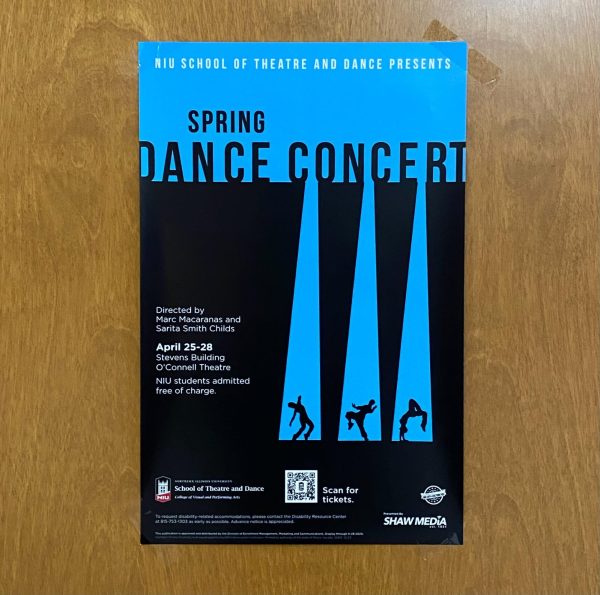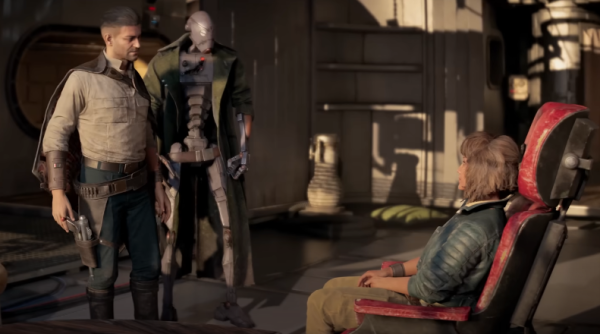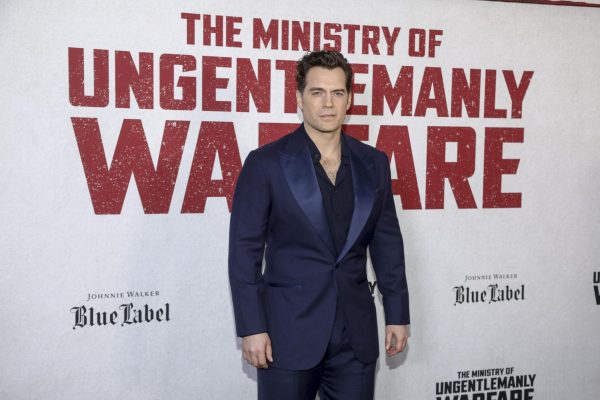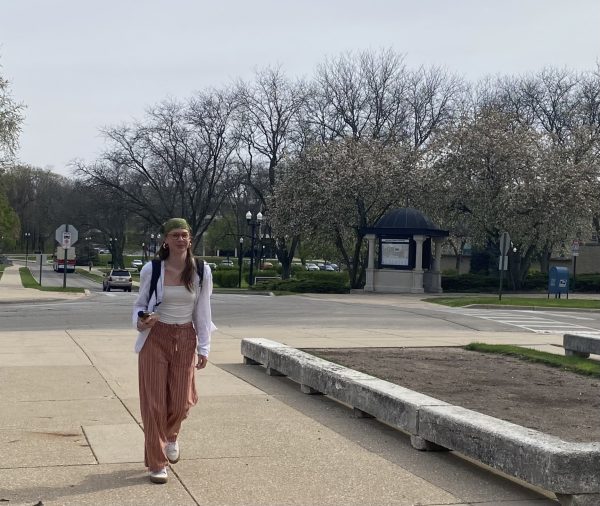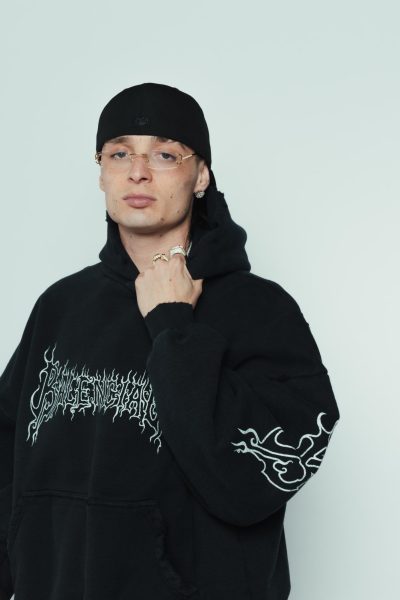Drake’s new album isn’t best
September 25, 2013
“Nothing Was The Same” by rap artist Drake has been met with extraordinary reviews since its leak last week, but it isn’t his best project.
Drake, also known as “the King of Melancholy” as Associated Press writer Chris Talbott aptly describes him, debuted his third studio LP Tuesday.
The album featured cover art by famed artist Kadir Nelson, who is responsible for painting the iconic “Michael” album cover art for singer Michael Jackson. Drake croons and spits about tarnished relationships, acceptance of his new status and his overall progression.
The album has a blues type of feel as Drake delves deeper into his feelings about his personal life and past projects in a very candid way. He even did some name dropping on tracks like “Tuscan Leather,” saying “Not even talking to Nicki, communication is breaking.”
He further illustrates the changes of his social life, singing, “People I believed in, they don’t even show their face now” on the track “Furthest Thing.” The production of “Nothing Was The Same” was a foggy and emotive character of the album’s lead producer, 40. The beats complemented the moodiness of Drake’s records and helped provide the right atmosphere for the album’s overall message.
Hands down some of the strongest tracks on this album were “Furthest Thing,” “From Time” and “All Me.” Drake fell flat on “305 To My City,” where he sang the sugary line “Oh lord, we’re not in Kansas anymore.” Tracks like “Hold On We’re Going Home” sounded cheesy and didn’t feel substantive. “Worst Behavior” ended up sounding like a bad trap rap impression instead of a party track. With the artist constantly repeating the cringeworthy “Motherf—– never loved us” during the song, the record easily became one of the worst on the album.
Between his studio album’s cover art and the deluxe album’s cover art, Drake opts for two different depictions.
“He just wanted a piece of art that would be representative of the art he was creating in the studio,” Nelson in a recent Complex Magazine interview.
If put together side by side, the two covers communicate something symbolic about Drake’s message within the project. On the left he is a child, recalling long-lost loves, broken industry relationships, and overall disenchantment. On the right he is a man who boldly embraces his new spot as one of music’s biggest icons.





